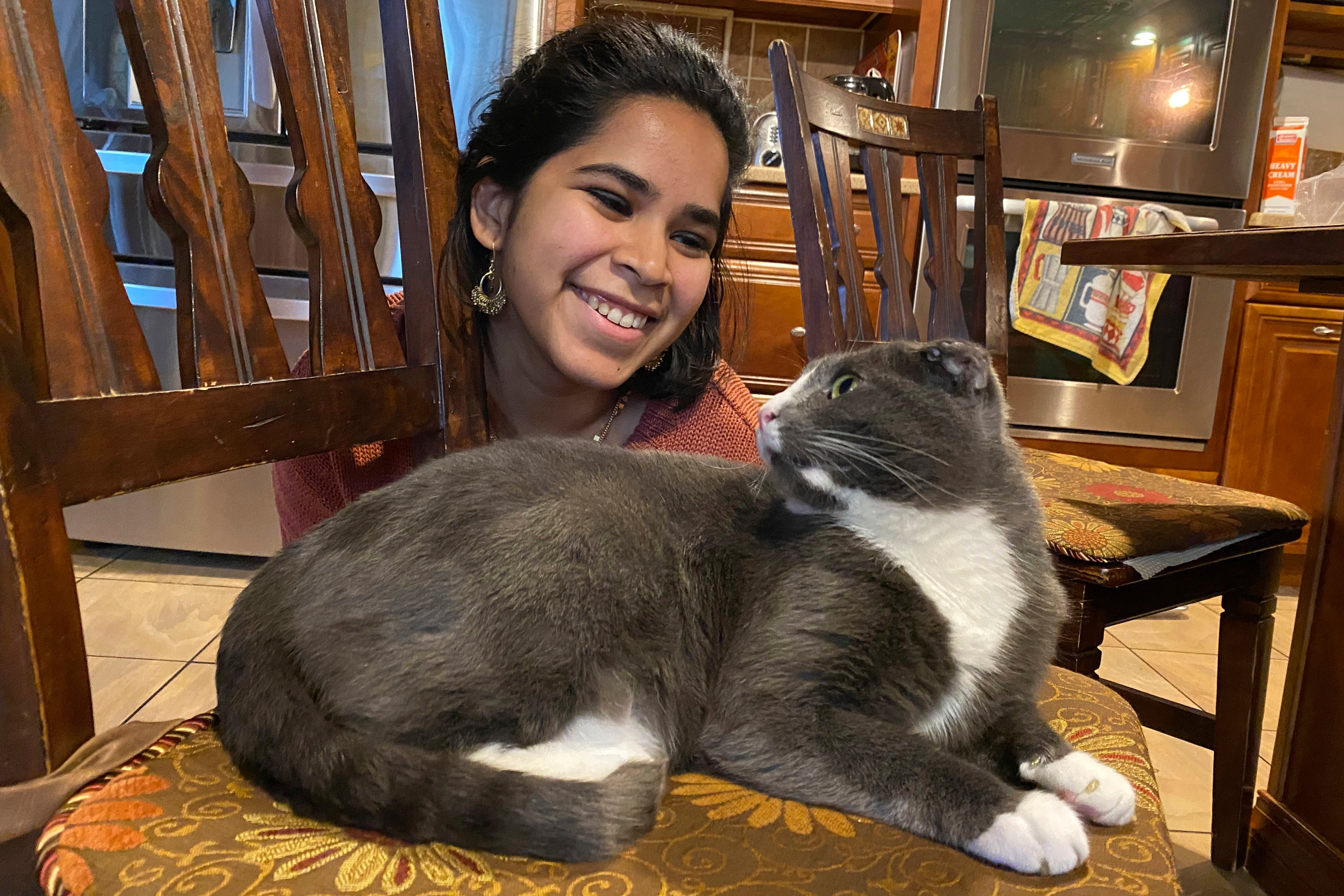Left behind: How to prepare pets for a post-pandemic life
Sometime in 2021, probably for many more than a year after pandemic restrictions began in the United States, most American workers and students will return to campuses, offices and other workplaces

Your support helps us to tell the story
From reproductive rights to climate change to Big Tech, The Independent is on the ground when the story is developing. Whether it's investigating the financials of Elon Musk's pro-Trump PAC or producing our latest documentary, 'The A Word', which shines a light on the American women fighting for reproductive rights, we know how important it is to parse out the facts from the messaging.
At such a critical moment in US history, we need reporters on the ground. Your donation allows us to keep sending journalists to speak to both sides of the story.
The Independent is trusted by Americans across the entire political spectrum. And unlike many other quality news outlets, we choose not to lock Americans out of our reporting and analysis with paywalls. We believe quality journalism should be available to everyone, paid for by those who can afford it.
Your support makes all the difference.Sometime in 2021, probably for many more than a year after pandemic restrictions began in the United States, most American workers and students will return to campuses, offices and other workplaces. Left behind will pets who have become accustomed to humans staying home with them.
Some tips on how to prepare them and signs of distress to watch for, from Candace Croney. The Purdue University professor has studied and taught about animal behavior for some two decades and consults with many veterinarians and others who work with household animals.
___
NOW
—Start practicing to give them a routine and sense of predictability, taking small steps incrementally.
—Provide them with toys and treats to focus on while you work in a different room.
—Take walks without them; don't take them on every car ride.
—Even if the weather isn't good for driving, pull your car out of the garage and sit for awhile.
—If you don't drive, find another venue to create space.
—If you feel your pets will find it hard to adjust, consult your veterinarian to make a plan.
___
SIGNS FOR CONCERN AFTER RETURN TO WORKPLACE
—Changes in eating or drinking habits.
—For cats, common signs of distress are inappropriate urination or defecation outside the litter box.
—For dogs, excessive whining and barking, leaving treats untouched, changes in toileting habits.
—Destructive behavior.
—Acting abnormally frantic when you return home.
___
WHAT TO DO IF YOU SEE PETS NOT ADJUSTING
—Call your veterinarian before things get worse.
—Use baby-type monitors to check on your pets remotely.
—Have a friend or paid dog-walker stop by.
—Leave on soft music playing or TV talk shows (not the kind where they yell at each other).